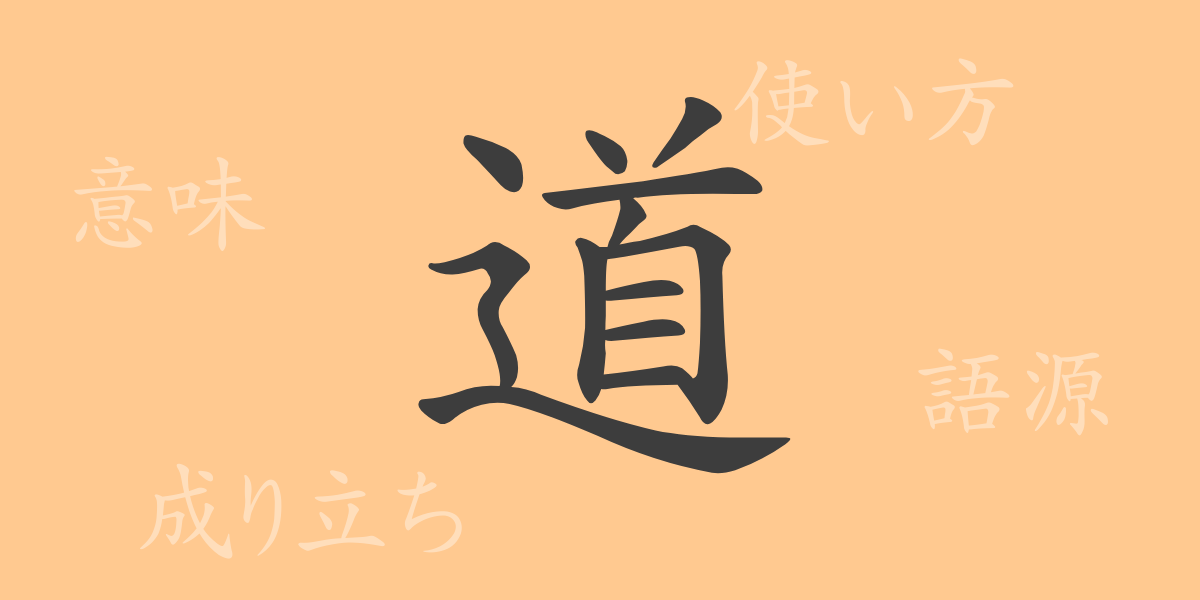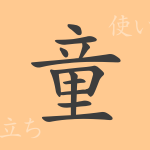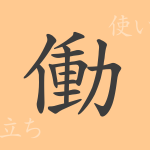In Japanese culture and language, the character ‘道 (どう)’ holds more than just a literal meaning. It embodies a deep philosophy and reflects the values ingrained in Japanese life. This article delves into the history, meaning, and the various phrases and idioms that use the Kanji ‘道’, exploring its profound impact.
Origins of ‘道 (どう)’
The Kanji ‘道’ originates from ancient China, derived from pictographs. Initially, it depicted a person with an extended neck moving forward. Over time, it came to represent roads and directions, and eventually evolved to denote abstract concepts like morality and method.
Meaning and Usage of ‘道 (どう)’
The character ‘道’ is used to describe physical roads and paths, as well as metaphorically to discuss paths in life, philosophies, or doctrines in religion. It is also employed to denote methods or means, showcasing its versatility across various contexts.
Reading, Stroke Count, and Radical of ‘道 (どう)’
‘道’ is a vital Kanji in everyday Japanese, recognized for both its form and meanings.
- Readings: On’yomi ‘ドウ’, Kun’yomi ‘みち’
- Stroke Count: 12 strokes
- Radical: 辵 (しんにょう), the radical for movement
Phrases, Idioms, and Proverbs Using ‘道 (どう)’
There are numerous idioms, phrases, and proverbs incorporating ‘道’ in Japanese. Common expressions like ‘一期一会’, ‘十人十色’, and ‘道理で’ are frequently used in everyday conversations, reflecting people’s actions, thoughts, and social norms.
Conclusion on ‘道 (どう)’
Through this article, you have gained insight into the rich history and meanings of ‘道’, and its significance in Japanese life. Starting from a physical pathway to evolving into a philosophical guide shaping minds and society, this Kanji symbolizes the depth of Japanese culture.

























